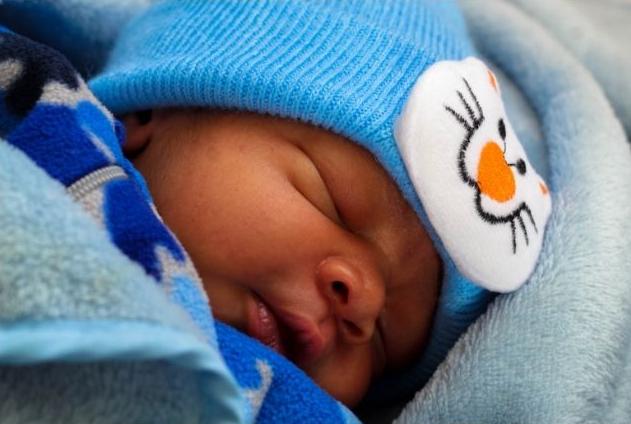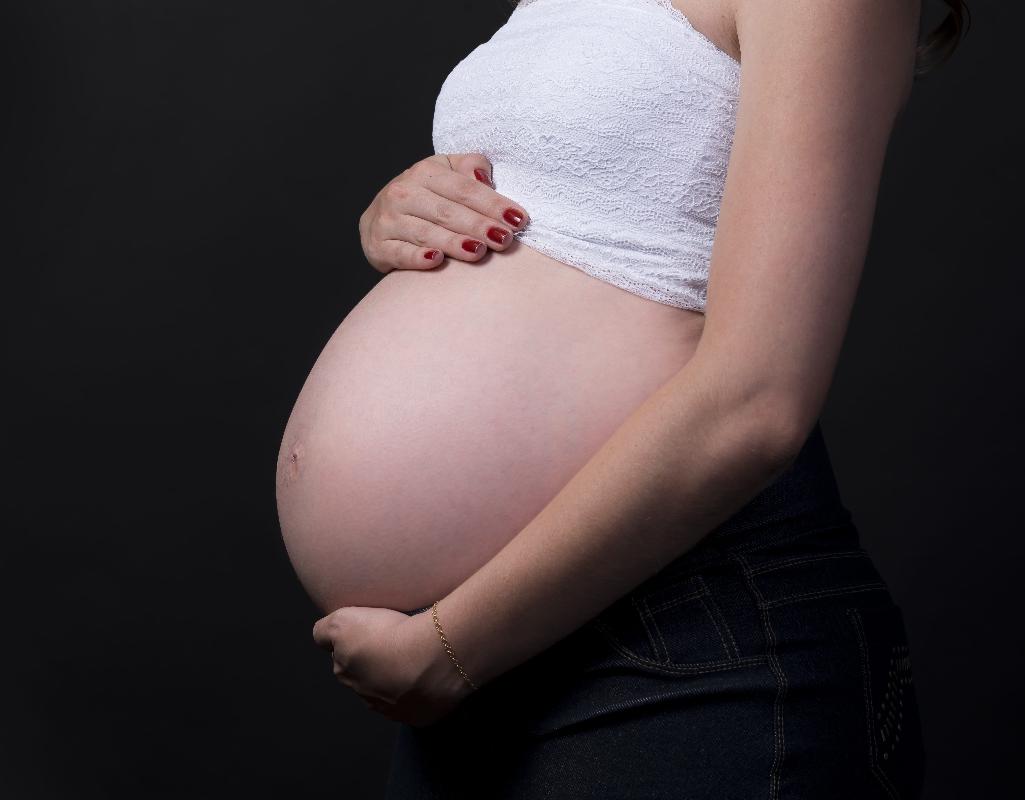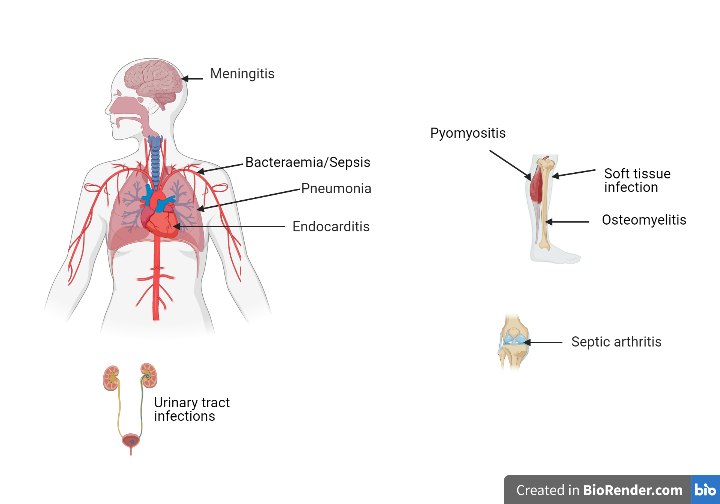GBS Diseases and Clinical Presentation
GBS can cause a wide range of diseases; including meningitis; in Infants, pregnant women, the elderly and individuals with chronic diseases (non-pregnant adults).
In the next section, we will provide more information about the most commonly diagnosed diseases caused by GBS amongst the three age groups.
GBS Disease in Infants
As GBS is found in the female genital tract of women, neonates have a great risk of contracting the bacterium at birth especially in the first hours of life. Neonates carry the heaviest burden of disease.

Among neonates, GBS disease progresses in two distinctive patterns, as follows:
Early-onset of disease (EOD) and Late-Onset of disease (LOD)
Disease spectrum and risk factors
Early-onset of disease occurs in the first 6 days of life. Approximately 80% of neonatal infections occur at this stage.
There are many likely sources of neonatal contamination at this stage, however, infection is highly associated with in utero or perinatal (during passage through a birth canal that is colonized with group B streptococci) organism acquisition.
Risk Factors for EOD
•Maternal vaginal or rectal colonization
•Systemic maternal GBS disease
•Intrapartum fever
•Low birth weight
•Prolonged rupture of membranes
•Prolonged labour
•GBS bacterium during pregnancy
The disease spectrum at this stage includes:
i. Bacteremia
ii. Pneumonia
iii. Meningitis
iv. Septic Shock
Although the burden of diseases varies regionally, the burden of EOD is highest in Africa and lowest in Asia.
Disease spectrum and risk factors
Late-onset of disease occurs within 7 days to 89 days of life.
At this stage, contamination is not necessarily through maternal transmission but through postnatal acquisition in which GBS contamination occurs from either the mother, other caregivers, or in healthcare settings.
Risk Factors for late-onset of disease
• Prematurity
•HIV- exposure
•Black ethnicity
Late-onset of disease infections
This stage is the cause of sepsis frequently associated with meningitis.
Meningitis is a severe and most common manifestation of GBS disease amongst neonates than adults.
Infants who survive the acute phase of the GBS meningitis infection may have the following health conditions:
i.cognitive or neurological sequelae
ii.neurodevelopmental impairments

GBS in pregnant women
The risk of GBS disease is higher in pregnant women than non-pregnant adults and pregnancy is associated with a high incidence of invasive GBS disease. Systemic maternal GBS disease is associated with increased chances of premature delivery and sepsis in infants.
Disease spectrum and risk factors
For pregnant women, a majority of GBS infections are detected during labour and delivery.
Risk factors
GBS colonisation rates varied regionally and manifested differently amongst the different racial populations. For example, GBS colonisation rates are higher amongst Caribbean women (35%) and lower amongst women from East Asia (11%).
Risk factors for GBS amongst pregnant:
i.History of GBS in previous pregnancies
ii. GBS bacterium during the current pregnancy

GBS in non-pregnant adults
Although GBS disease has been largely associated with neonatal meningitis and sepsis, the global burden of the disease amongst adults is increasing.
Disease spectrum and risk factors
Amongst this population, GBS tends to mainly affect adults with underlying conditions and has resulted in increases in the incidence and case-fatality rates amongst men and non-pregnant women. Mortality due to GBS disease is ethnically different as rates are higher amongst blacks than whites.
GBS disease in adults causes a wide spectrum of diseases amongst adults which are as follows:








